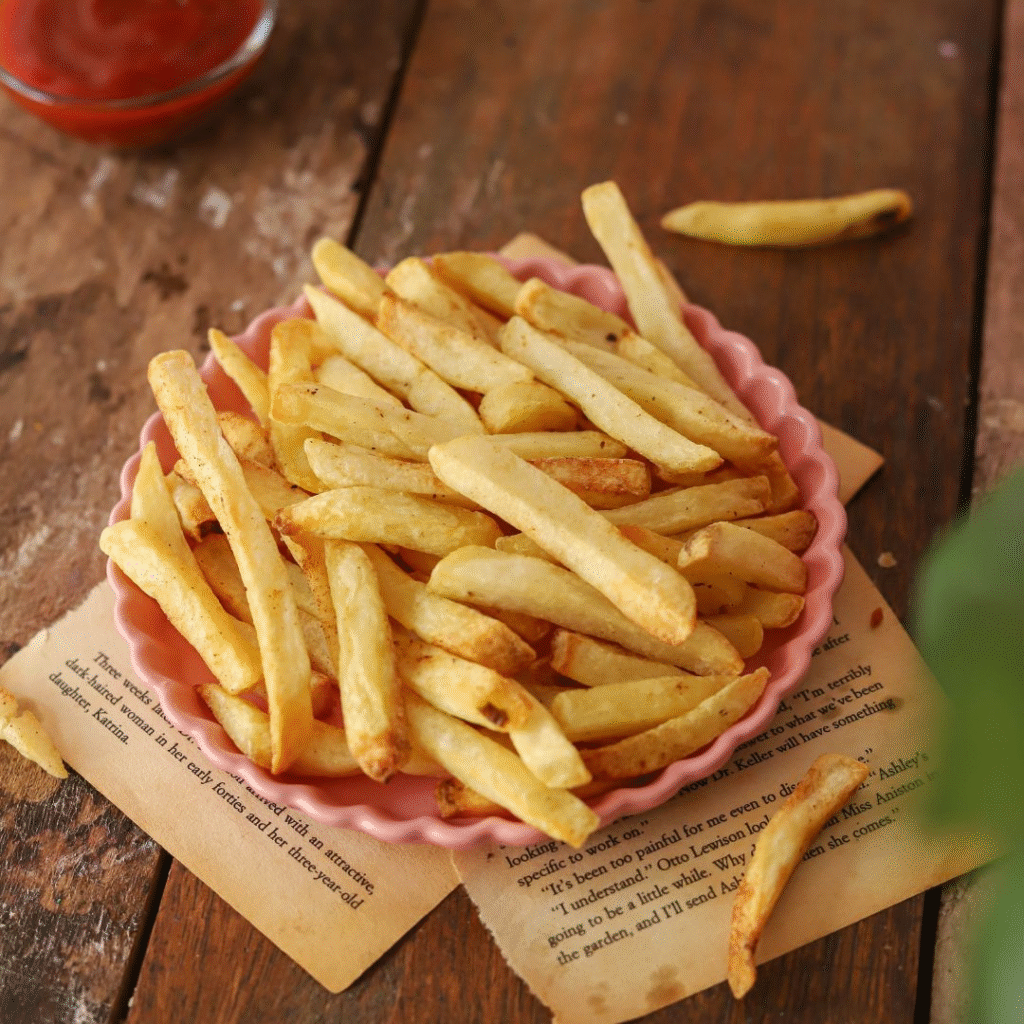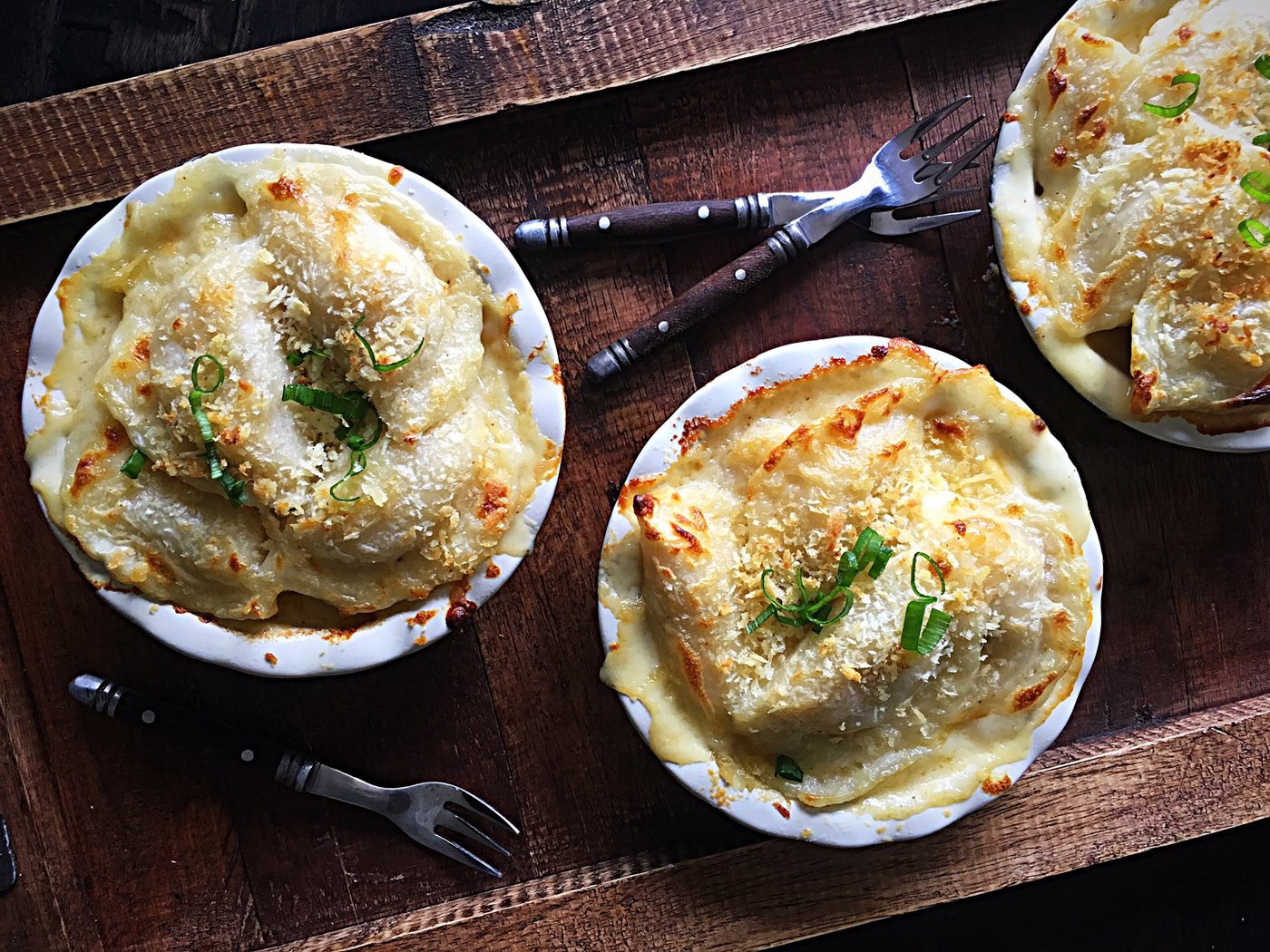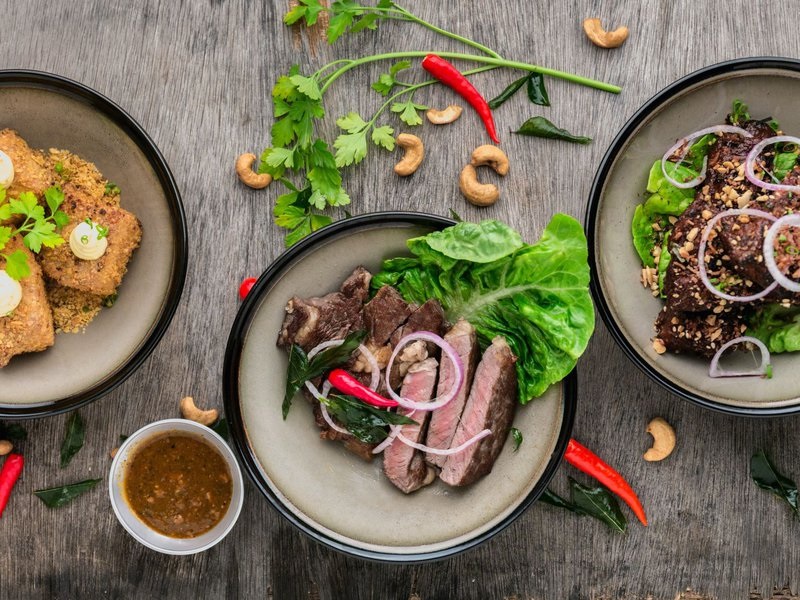Crispy on the outside, soft on the inside, and surprisingly light on the guilt—yes, frozen french fries can be all of that and more. Many people assume that frozen fries are nothing but unhealthy junk food, but that isn’t always true. With the right ingredients and cooking methods, frozen fries can be a clean, wholesome, and delicious option that fits into a balanced lifestyle.
This guide will show you what to look for when shopping for frozen fries, how to cook them the healthy way, and why choosing simple, additive-free, gluten-free, or even beef tallow french fries made from real potatoes that makes all the difference.
What Makes Frozen French Fries Healthy?
The idea that frozen fries are always bad for you is a myth. Their health value depends on two key factors: the ingredients used and the way they’re cooked. The best frozen fries usually share three important qualities: no unnecessary additives, a gluten-free label, and a base of 100% real potatoes. When you find fries that check these boxes, you can enjoy them as part of a healthier eating plan without the guilt.
What to Avoid in Frozen Fries
Not all frozen fries are created equal. Some contain additives, preservatives, or unhealthy oils that reduce their nutritional value. The best way to avoid these is by carefully reading labels. Fries made from real potatoes with minimal, clean ingredients are the ideal choice. Avoid products that use potato flakes or flour blends, heavy hydrogenated oils, or additives to alter color and flavor. Choosing cleaner options makes fries easier to digest, safer for sensitive diets, and better tasting overall.
Why Additive-Free Matters
Additives are often used to extend shelf life, enhance flavor, or improve texture. While convenient for manufacturers, they can strip away the natural quality of food. Opting for frozen fries without additives means you’re eating a more natural product, free from unnecessary preservatives, flavor enhancers, or artificial colorings. The result is food that tastes as it should, while supporting a cleaner and healthier way of eating.
The Importance of Gluten-Free Fries
Gluten often hides in processed foods, including frozen fries, where wheat flour or starch is sometimes added for crispiness. For people with celiac disease or gluten sensitivity, this can cause serious issues. Choosing gluten-free frozen fries ensures they are safe for everyone to enjoy. Beyond dietary restrictions, gluten-free fries also tend to be cleaner and closer to their natural state, making them a smart choice for anyone aiming to simplify their diet.
How to Cook Frozen Fries the Healthy Way

Cooking method is just as important as the fries you choose. Both air frying and baking are excellent ways to achieve a crisp, golden result without the heavy oil associated with deep frying.
Air Fryer Method (Recommended):
- Preheat to 200°C (390°F).
- Toss fries in a small amount of olive oil (optional).
- Cook for 12–15 minutes, shaking halfway.
- Serve hot and crispy.
Oven Method:
- Preheat to 220°C (425°F).
- Spread fries evenly on a baking tray.
- Bake for 20 minutes, flipping once for even browning.
- Enjoy light, crunchy fries with minimal oil.
Both approaches cut back significantly on excess fat, while still giving you that satisfying crunch.
The Golden Rules of Healthy Fry Eating
- Always check ingredient labels.
- Choose fries with no additives.
- Opt for gluten-free options whenever possible.
- Less is more—simpler ingredients are better.
- Air fry or bake instead of deep frying.
- Use minimal oil or skip it altogether.
- Pair fries with lighter, healthier dips.
- Avoid products with fillers or potato substitutes.
- Real potatoes should always be the main ingredient.
- Healthy fries can still taste indulgent.
The Bottom Line
Frozen french fries don’t need to be a guilty pleasure. By choosing additive-free, gluten-free options made from real potatoes and cooking them in the oven or air fryer, you can enjoy fries that are both delicious and nourishing. With a few mindful choices, they can easily become a regular part of your meals without compromising on health.




